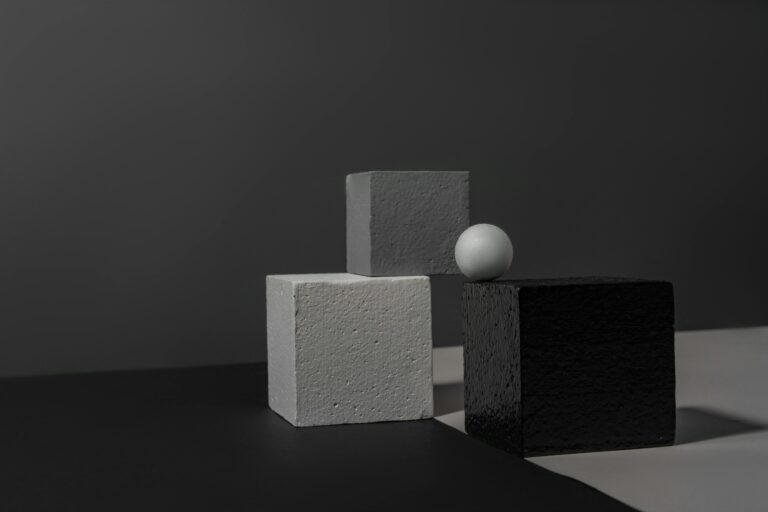Welcome to CopyElement’s insights into the ever-evolving world of web design. As we navigate towards 2025, the landscape is shifting dramatically, driven by technological advancements and changing user expectations. Forget bulky plugins; we’re diving into the core trends shaping how stunning, high-performing websites will be built. Join us as we explore the future of web design, focusing on innovations that promise to streamline your workflow and boost your online presence.
AI-Powered Design Assistance: Your New Creative Partner
Artificial intelligence is no longer a futuristic fantasy; it’s rapidly becoming an integral part of the web design process. In 2025, expect to see AI tools that can generate website layouts, suggest color palettes based on brand identity, and even write basic code. Imagine AI assistants capable of optimizing images for faster loading times and suggesting relevant content based on user behavior. This doesn’t mean designers will become obsolete. Instead, AI will handle repetitive tasks, freeing up creative professionals to focus on strategic thinking, user experience, and pushing design boundaries. For Elementor users, this translates to AI-powered suggestions within the editor itself, enhancing CopyElement components with smart, context-aware customizations.
The Rise of No-Code/Low-Code Platforms: Empowering Everyone
The demand for websites far exceeds the supply of skilled developers. This has fueled the growth of no-code and low-code platforms, making web design accessible to a broader audience. By 2025, these platforms will be even more sophisticated, offering drag-and-drop interfaces, pre-built templates, and powerful integrations. While these platforms might seem simple on the surface, they’re becoming increasingly powerful, enabling the creation of complex, data-driven websites. For CopyElement users, this means seamless integration with these platforms, offering a vast library of pre-designed elements that can be easily customized and deployed, further simplifying the web development process.
Enhanced Personalization and Dynamic Content: Tailoring the User Experience
Generic websites are a thing of the past. In 2025, personalization will be paramount. Websites will leverage data about user demographics, behavior, and preferences to deliver tailored content and experiences. Dynamic content, which adapts in real-time based on user interactions, will become the norm. Think personalized product recommendations, location-based content, and adaptive layouts that optimize for different devices and user contexts. This requires sophisticated data analytics and integration with CRM systems, but the results – increased engagement, higher conversion rates, and improved customer satisfaction – are well worth the effort. CopyElement is positioned to offer components that seamlessly integrate with personalization engines, making it easier to deliver unique experiences to every user.
Immersive Experiences: The Metaverse and Beyond
The metaverse is creating new opportunities for immersive web experiences. While fully-fledged metaverse websites might still be a few years away, we’ll see more integration of 3D elements, augmented reality (AR), and virtual reality (VR) into traditional websites. Imagine browsing an online furniture store where you can use AR to visualize how a sofa would look in your living room, or attending a virtual product launch event on a website. These immersive experiences require advanced technology and careful design to avoid overwhelming users, but they offer the potential to create truly memorable and engaging online interactions. CopyElement is exploring how to integrate 3D models and AR functionality into its components, allowing Elementor users to create cutting-edge websites with ease.
Sustainability and Ethical Design: Building a Better Web
As awareness of environmental and social issues grows, sustainability and ethical design are becoming increasingly important. In 2025, expect to see a greater focus on creating websites that are energy-efficient, accessible to all users, and respectful of user privacy. This includes optimizing images for smaller file sizes, using semantic HTML to improve accessibility, and designing websites that are inclusive of people with disabilities. Ethical design also means being transparent about data collection practices and avoiding manipulative design patterns that trick users into making unwanted choices. CopyElement is committed to providing components that are optimized for performance and accessibility, helping users build websites that are both beautiful and responsible.
The End of Plugins (Almost): Streamlined Functionality with Component Libraries
At CopyElement, we believe in simplifying web design. The future favors lean, efficient websites built with component libraries, not bloated with numerous plugins. The trend is moving toward natively integrated functionality within platforms like Elementor and comprehensive, well-maintained libraries. CopyElement is at the forefront of this movement, providing a no-plugin solution with ready-to-use components that offer a wide range of functionality without sacrificing performance. This ensures faster loading times, fewer compatibility issues, and a more streamlined workflow for designers and developers.
Conclusion: Embracing Change and Building the Future of Web Design
The future of web design is dynamic and exciting. By embracing these emerging technologies and trends, you can create websites that are not only visually stunning but also functional, engaging, and sustainable. Stay tuned to CopyElement’s blog for more insights into the latest developments in web design and how you can leverage them to build exceptional websites with Elementor.







